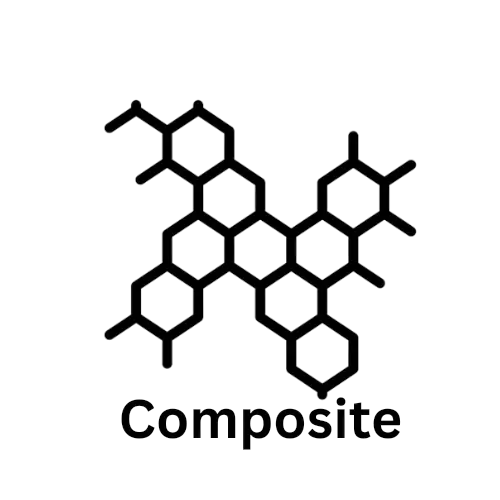Design Pattern: Builder Pattern
When we need to construct a complex object, then Builder Pattern comes into play. Builder Pattern will hide the complexity of the object construction from the user. Builder Pattern will allow the complex object to be built step-by-step.







